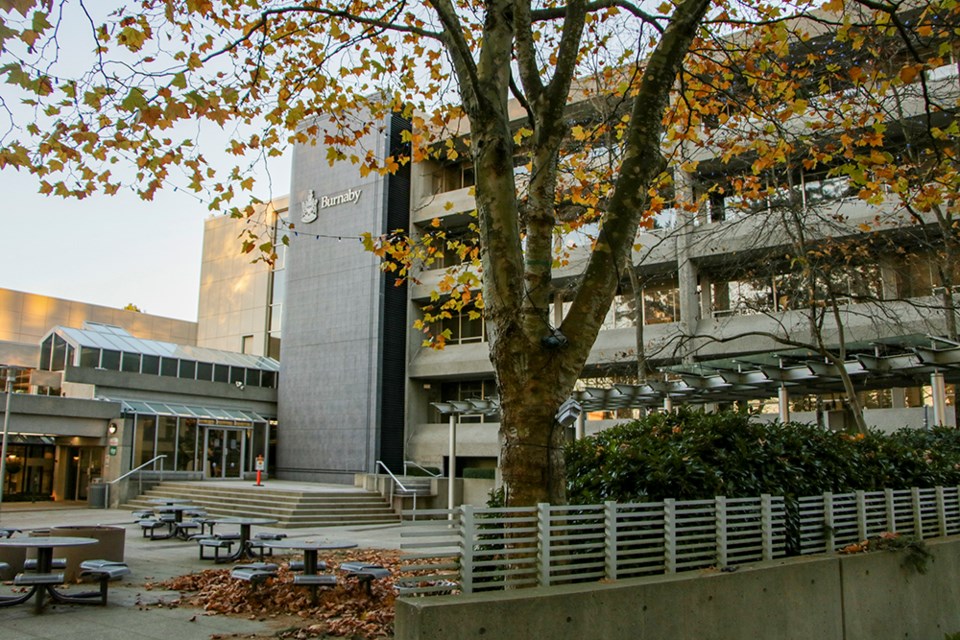Editor:
Re: Turning Parkland into organic waste facility
The City of Burnaby is on the brink of destroying unique Fraser riverside wetland habitat that is currently dedicated parkland. At last Monday’s council meeting (Feb 6) the public was informed that the City has been “evaluating the feasibility of a city-owned green waste processing facility” to replace sending Burnaby’s organic wastes to Delta for composting.
Unfortunately, the chosen site, a 21-acre portion of Fraser Foreshore Park, adjacent to the incinerator, is the only tidal wetland area of significant size still in existence along the north arm of the Fraser River. Wetlands like this provide many environmental services: acting as a safety-valve where excess water can go whether it's from river overflows, tidal surges or upland stormwater runoff in heavy rains; storing CO2; providing off river rearing habitat for juvenile salmon and other species of fish, for example. Burnaby citizens overwhelmingy voted to preserve this parcel of land as parkland in November of 2005.
Many other letter writers have already spoken strongly about the wilderness and environmental value of the land, so I will address the process the city is using to remove these 21 acres from dedicated parkland status to allow for an industrial operation. This proposed change should be put to a city-wide referendum, but the city instead proposes to rezone it using a legal but devious second method known as the “Alternative Approval Process to remove park dedication status from voter designated parkland.”
• Step 1: determine the number of electors (Burnaby voters) who can participate in the process – voters in some yet-to-be-defined area or the whole of the city.
• Step 2: establish an elector response form where those selected voters can respond regarding the proposed park removal. Will this be mailed to the voters? Will it be placed on a website?
• Step 3: If fewer than 10 per cent of these eligible electors object to the proposed park removal before a specified deadline, the city will then create and pass a bylaw rezoning the parkland.
It appears from the city report that this process will be completed before the end of June! If more than 10 per cent of voters object to removing the parkland, then we will have to vote once again to preserve the parkland in a referendum. The onus is thus on the citizens to protect park that we have already voted to preserve.
This is a slippery slope, removing parkland without a full referendum such as was used to dedicate the land into our park system. It has not been done before. But once started, what park area will be next?
These two factors, ignoring the priceless environmental value of this particular part of Foreshore Park and this tricky way of un-dedicating parkland are obscuring any otherwise positive aspects of a creating a local composting facility.
Finally, it seems as if this project is apparently not economically feasible unless the city uses land it already owns and to which it apparently assigns no dollar value, according to a referenced, but not publicly available, preliminary feasibility study undertaken since March 2020. Perhaps the preliminary feasibility study also needs to be reviewed in light of what will be lost.
Joan Carne




